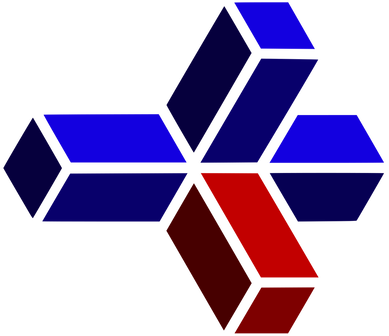|
“If all you have is a hammer, everything looks like a nail.”
- Attributed to Abraham Maslow 3D printing (or additive manufacturing) is a powerful tool for creating physical objects quickly, cost-effectively, and in high detail. It is not, however, the optimal process all the time. We are here to discuss scenarios in which 3D printing may or may not be the appropriate tool for a given job. At Cross Product Design, most of our 3D printing projects fall into one of two sectors: prototypes or production. Prototyping often involves creating, testing, and evaluating multiple iterations of a given part until its design is finalized. 3D printing inherently thrives at this because of its digital nature, low initial cost, capability of complex geometries, and speed for small parts and low volumes. 3D printing is extraordinarily popular for prototyping across a wide range of industries, and this is arguably the most widely adopted application of 3D printing. Although such prototypes may differ somewhat from the end goal, designers and engineers can use 3D printed parts to quickly validate fitment, strength, functionality, materials, and more. ‘Production’, referring to a larger scale ‘production run’ of many consumer-ready parts, is less suited for 3D printing due to some challenges. Most 3D printing technologies do not scale very efficiently, meaning that the cost per part drops very little when producing a single part vs. a massive batch. This contrasts from injection molding, for example, wherein the cost to create a single part is often unjustifiably high but successive parts become drastically more affordable. Other challenges to production-level 3D printing include high standards for surface finish, which some 3D printing technologies struggle to meet, and fast output requirements. On the other hand, there are some instances in which 3D printing has advantages in a production setting. Firstly, due to their digital nature, printers can easily serialize and customize parts. For example, an existing design can be made-to-order with unique geometry for relatively little additional cost. This feature has proven many applications in the biomedical arena where parts must be specifically tailored to a patients’ bodies. 3D printing is also available in an incredibly wide range of materials including those that are glass-filled, carbon fiber filled, ceramic filled, recyclable, biodegradable, high-temp rated, flexible, and multicolor. Lastly, 3D printing can facilitate local production. Since most polymer printing technologies are more accessible than ‘traditional’ equipment, it is far easier to keep a supply chain centralized, reducing costs, risks, and emissions. To determine if 3D printing is an appropriate technology for manufacturing a given part:
0 Comments
|
|
Copyright © 2023 Cross Product Design, LLC. All Rights Reserved. |

